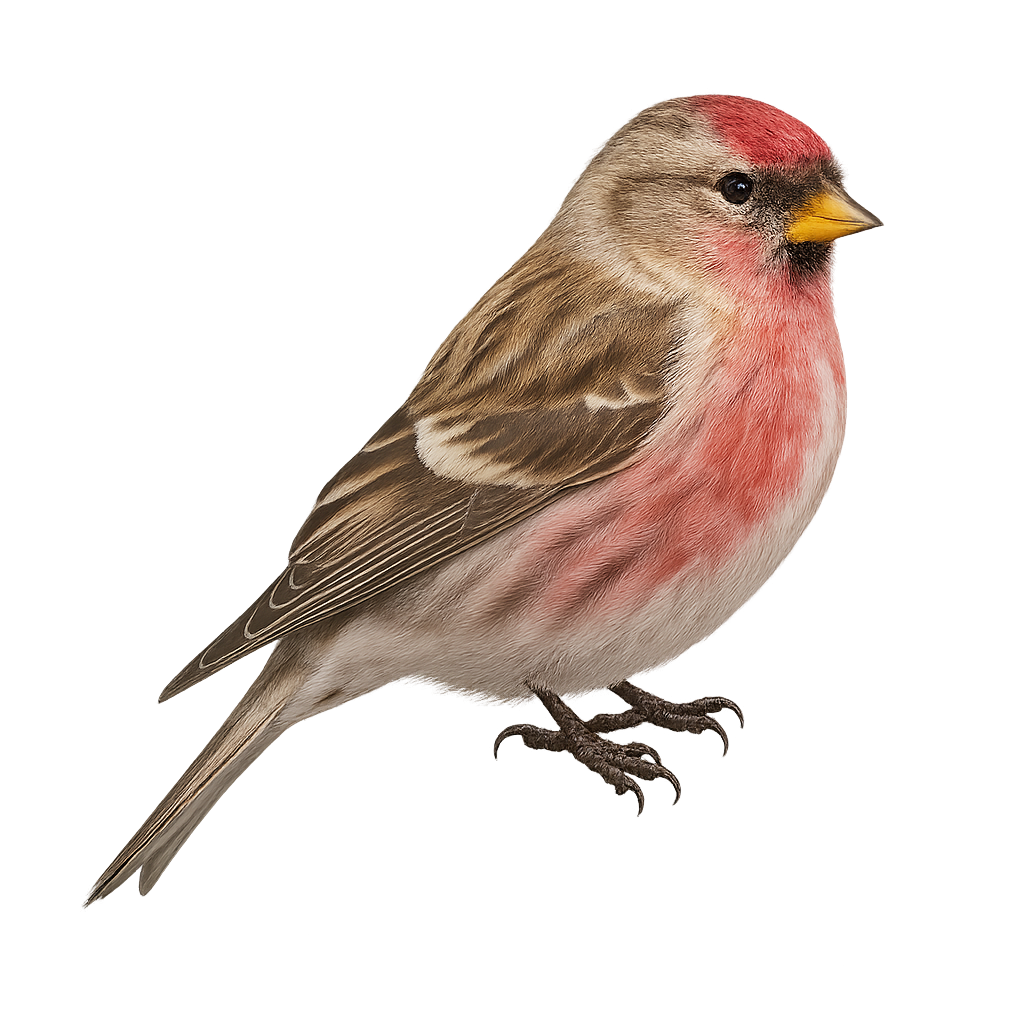Your wildlife photography guide.
Explore the common redpoll in detail, study its behavior, prepare your shots.
Where to observe and photograph the common redpoll in the wild
Learn where and when to spot the common redpoll in the wild, how to identify the species based on distinctive features, and what natural environments it inhabits. The WildlifePhotographer app offers tailored photography tips that reflect the common redpoll’s behavior, helping you capture better wildlife images. Explore the full species profile for key information including description, habitat, active periods, and approach techniques.
Common Redpoll
Scientific name: Acanthis flammea

IUCN Status: Least Concern
Family: FRINGILLIDAE
Group: Birds
Sensitivity to human approach: Suspicious
Minimum approach distance: 5 m
Courtship display: April to July
Incubation: 11-14 jours
Hatchings: April to July
Habitat:
Boreal forests, tundra, shrublands
Activity period :
Primarily active during the day, with peak activity in the morning and late afternoon.
Identification and description:
The Common Redpoll, Acanthis flammea, is a small finch in the Fringillidae family. It is easily identified by its brown streaked plumage and bright red cap. Males often have a rosy breast, while females are duller. This small bird is well adapted to cold climates and is primarily found in boreal forests and arctic regions. It mainly feeds on seeds but also consumes insects in summer. The Common Redpoll is a gregarious bird, often seen in flocks, especially in winter. It is known for its irregular migrations, influenced by food availability.
Recommended lens:
400 mm – adjust based on distance, desired framing (portrait or habitat), and approach conditions.
Photography tips:
To photograph the Common Redpoll, focus on open areas where they feed, such as fields or clearings. Use a telephoto lens of at least 400mm to capture details without disturbing them. Be patient and discreet, as these birds can be suspicious. Opt for early morning or late afternoon hours to benefit from soft light. In winter, look for them near feeders where they often gather in flocks.
The WildlifePhotographer App is coming soon!
Be the first to explore the best nature spots, track rutting seasons, log your observations, and observe more wildlife.
Already 1 432 wildlife lovers subscribed worldwide

